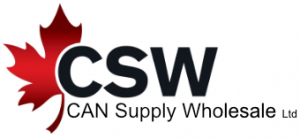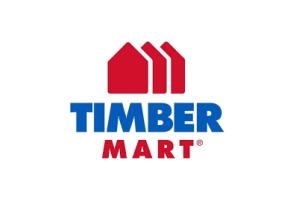How To Prepare Your Backyard For Practical Fence Installation
Fences add a great finishing touch to your property, along with many practical advantages, such as safety and security. An old fence can turn a stately home in an outdated and rundown property; a brand-new fence sends a welcoming message to passersby and adds value to your home.
Now that you have decided to install a new PVC vinyl fence with CAN Supply Wholesale, it’s time to make yourself a checklist of all the necessary planning and preparation so that you can complete your project as you envisioned it. If you haven’t already done so, here’s a list of what you need to take care of before you install your CAN Supply Wholesale fence:
Safety, Laws, and Policies
Prior to determining the location of your new fence, become familiar with the local governing rules, regulations, and safety policies for outdoor construction. Do you need to use special equipment or safety boots? Is there a municipal bylaw in place about the maximum height of your perimeter allowed?
You might be surprised by some bylaws in your area, especially where your yard is concerned. Driving to your local municipal authority may seem like overkill, but you’ll be happy you did.
Your Property Line
You need to know the exact location of your property line. If you do not already have this information, contact your local city officials and request a map of your street. Even if your fence is off by a few centimetres, your city may have the right to tear it down.
It may be in your best interest to get your hands on an updated land survey, as this gives you the exact limits of your property, which will come in handy if you ever want to sell your house in the future.
Building Codes and Permits
While you are on the phone with the city, inquire about the building codes and permits required to construct a fence. Ignoring the local policies could be troublesome, especially when fines are involved. Even if you consider your fence a small project, you will still have to show the city your building plans so they can ensure that you are following all the proper procedures safely.
Check with Your Utility Companies
Before you start digging, the importance of contacting your area utility companies cannot be overstated. Cutting through electrical, gas, telephone, water or other lines could be disastrous and exorbitantly expensive to fix. Map out your own buried sprinkler drainage systems to avoid damaging your own property.
This is another good reason to get your hands on your land survey, as it will show you exactly where water gas, sewer, utility, and phone lines area.
Contact Your Neighbours
As a courtesy, let your neighbours know you are planning some construction that may disrupt the peace for a short period. Make sure your new fence line does not run over onto their property. If they have questions about the boundaries of their yard, take the time to show them your land survey. Show them samples of your fence and your permits. They may not be too keen on waking up early to the sounds of construction, so to keep the harmony between you, try to respect their limits on certain things (such as a six-a.m. start time) as much as possible.
Home and Property Owners Associations
If you live in an area governed by an association for home or property owners, contact them to have a clear understanding of the agreed upon stipulations for your neighbourhood. It may influence the materials, location, height and other features permitted for your fence. Ask about all of your options. For example, provided you comply with the laws that apply to the fence that surrounds and encloses your property, you may have the right to more creative options for areas inside your yard, such as around pools or pet runs.
Preparation for Fence Installation
Once you are sure you are in compliance with the local regulations for safety and construction, mapping out your fence line can begin. At this point, the actual groundwork can start. However, before you can start, consult with us at CAN Supply to request specific measurements and details for installation that may vary, depending on your choice of fencing style.
Mark It With Care
You will need an installation guide to follow for the exact placement of your fence—one that keeps your fence line straight as you go:
- Measure the site accurately—twice!
- For pre-fabricated sets, read the manual and follow the instructions
- Use stakes and string to mark the line
- Measure and mark where the fence posts will go
- Avoid placing the stakes at the same points where your posts holes need to be dug
Clear the Ground
- Clear the path of your fence line of obstructions such as boulders, shrubs, hanging branches, trees, and stumps
- It may be necessary to clear or level out the ground in some places
- Check for slopes that make require special fencing panels
Installation Tools and Materials
For DIY fence installation, it can be frustrating to be halfway through the vigorous and time-consuming job and discover you are missing pieces or tools. Read the manual that comes with your materials and gather the necessary equipment ahead of time. Be sure to order all of the parts and materials you will need based on the manufacturer’s recommendation.
Contact CAN Supply Wholesale
Vinyl fencing is attractive, durable, and can instantly transform your front and backyard into a beautiful and safe haven for your children and pets. Our goal is to make your DIY fence installation as easy as possible. For more information about our premium vinyl fencing, contact CAN Supply today!






